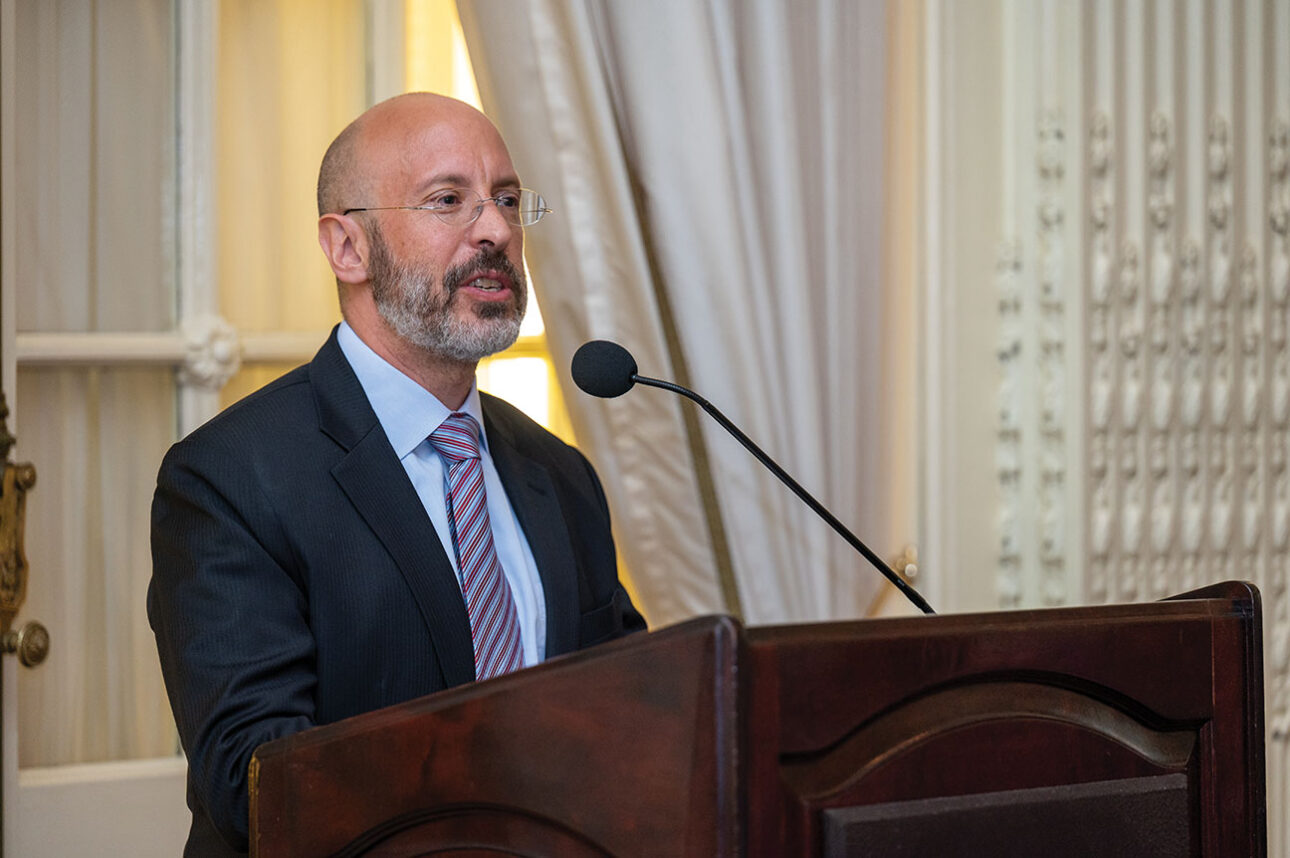The DNA of a shrouded man from the first century found in a tomb in Jerusalem has revealed the earliest known case of leprosy.
It is also the first time fragments of a burial shroud have been found from the time of Jesus in Jerusalem, according to the Hebrew University of Jerusalem.
The burial cave, also called the Tomb of the Shroud, is located on the edge of the Old City of Jerusalem in the lower Hinom Valley. The shrouded man’s tomb was placed next to the tomb of the high priest who betrayed Jesus to the Romans, Annas the father-in-law of Caiaphas. This signifies that the man was a member of the aristocracy.
Also unique to this burial is the fact that the man did not receive a secondary burial, in which his bones would have been removed after a year and placed into a stone box. Instead, the man’s tomb, which was carbon dated to 1-50 C.E., was sealed shut with plaster, likely because the man had leprosy and died of tuberculosis, according to molecular tests of the man’s bone DNA.
The man’s shroud was woven differently than that of the Turin Shroud, which is said to have wrapped the body of Jesus, according to textiles historian Orit Shamir. Because this is the first burial shroud found from the time of Jesus in Jerusalem, researchers have concluded that the Turin Shroud did not originate from Jesus-era Jerusalem, according to a statement by Hebrew University.
The molecular investigation was conducted by Prof. Mark Spigelman and Prof. Charles Greenblatt and of the Sanford F. Kuvin Center for the Study of Infectious and Tropical Diseases at the Hebrew University of Jerusalem; Prof. Carney Matheson and Ms. Kim Vernon of Lakehead University, Canada; Prof. Azriel Gorski of New Haven University; and Dr. Helen Donoghue of University College London. The archaeological excavation was led by Prof. Shimon Gibson, Dr. Boaz Zissu and Prof. James Tabor on behalf of the Israel Antiquities Authority and the University of North Carolina at Charlotte.






















 More news and opinions than at a Shabbat dinner, right in your inbox.
More news and opinions than at a Shabbat dinner, right in your inbox.